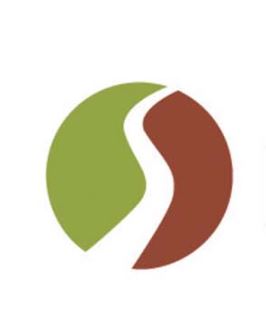About Pathways to Results (PTR)
Participants in OCCRL’s recent 2013 Pathways to Results (PTR) Institute in Bloomington, Illinois, worked in teams to brainstorm how to apply the PTR Process through realistic scenarios provided by OCCRL and develop plans to implement improved Programs of Study.
From June 25-26, OCCRL brought together more than 50 participants that included attendees from one Trade Adjustment Assistance Community College and Career Training (TAACCCT) consortium representing multiple colleges in three states. The team of participants from the TAACCCT consortium, called Health Professions Pathways (H2P), focused on applying the PTR process to Health Sciences Programs of Study.
PTR “is an outcomes-focused, equity-guided process to improve programs and policies that support student transition to and through postsecondary education and employment. PTR focuses on addressing equity gaps between diverse learner groups and continuously improving processes critical to student success, including retention, completion of postsecondary credentials, and transition to employment” (Engagement & Commitment).
Discussion of the PTR process through the experiences and interpretations of the H2P Consortium team
By using the PTR process, which focuses on equitable outcomes for student subgroups, the H2P Consortium participants aimed to improve their own internal processes and to work toward sustainability of their TAACCCT-funded Programs of Study and strategies.
The H2P team’s goals during the day-and-a-half Institute were to gather information on promising practices to strengthen Programs of Study and advance internal college initiatives within existing time and resource constraints. Cathy Kirby, OCCRL facilitator, encouraged the team to focus on the Programs of Study that reflect the least equitable outcomes in order to foster the greatest gains.
“An overarching goal and benefit of the PTR process is that it provides teams with the opportunity to continuously improve Programs of Study and produce ever-more equitable student outcomes” (Engagement & Commitment). The PTR process begins by engaging teams in focused dialogue on how to make improvements to these Programs of Study.
Beginning the Process – Stakeholder Buy-in Key to Success
To begin, colleges need input from a broad-based group of stakeholders, so it is important to consider who is at the table and how to maximize contributions and make a difference. The PTR Charter, which can be a formalized method of bringing groups together, is a useful tool to not only identify team members and partners, but also to outline the goals of the team and the responsibilities of each member toward reaching shared goals. Once the commitment of key partners is cemented, the groups next consider the data available to them to define a problem and develop a rationale for addressing the problem, in order to work toward effecting change.
The H2P team acknowledged needing to get process owners on board to successfully tackle such problems. For example, one college faced a challenge in altering an existing developmental education math course and contextualizing it to the healthcare field. The existing math course was backed by college leadership and not regarded as being in need of change, so the contextualization approach was not receiving much support from college executives. As such, this college needed to find a champion for contextualization in the college’s leadership team to win the executives over.
Processes and Priorities
The H2P Team also discussed how to tie PTR with the strategies that they are applying to address TAACCCT priorities. In this vein, the team worked on segueing from the consortium’s TAACCCT deliverables to a more college-wide focus for sustainability. Because PTR provides approaches to addressing root causes that contribute to outcome and equity gaps, the H2P Team viewed PTR as a pathway to continuous improvement beyond the life of their TAACCCT grant.
The H2P Team volunteered other suggestions for moving the process forward, including hosting a webinar for H2P on PTR, proposing the PTR Charter to the Consortium as a whole as a tool for implementation, and looking into ways to help get partners to work more collaboratively and do the work necessary to further college and consortium Programs of Study, strategies, and goals.
Have you successfully implemented PTR or are in the PTR process now? What are some of the steps you took to advance PTR in your colleges and schools? Please share your insights and suggestions for H2P or any organization beginning PTR work.
Donna Tonini is a Research Specialist with the OCCRL, who works with a team to provide program evaluation and support to consortia of community colleges which are implementing the TAACCCT grant. Her role in the PTR Institute was that of an observer and discussant for the H2P Consortium.
